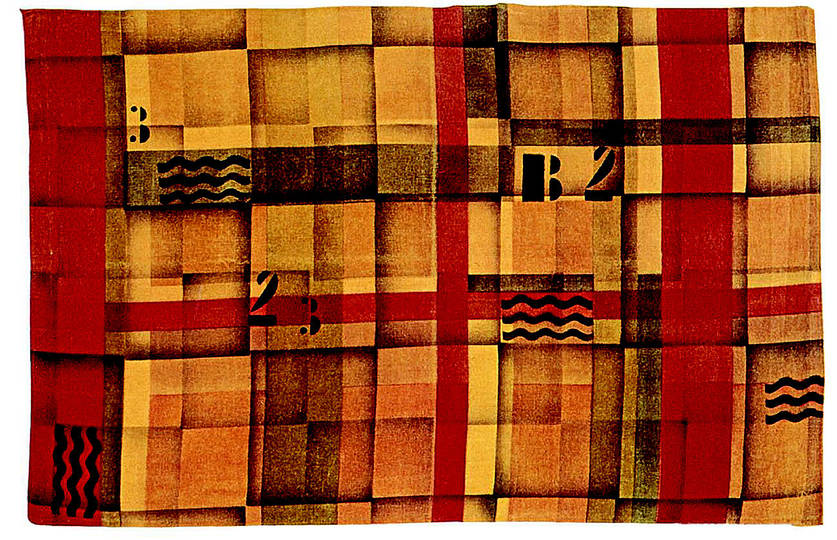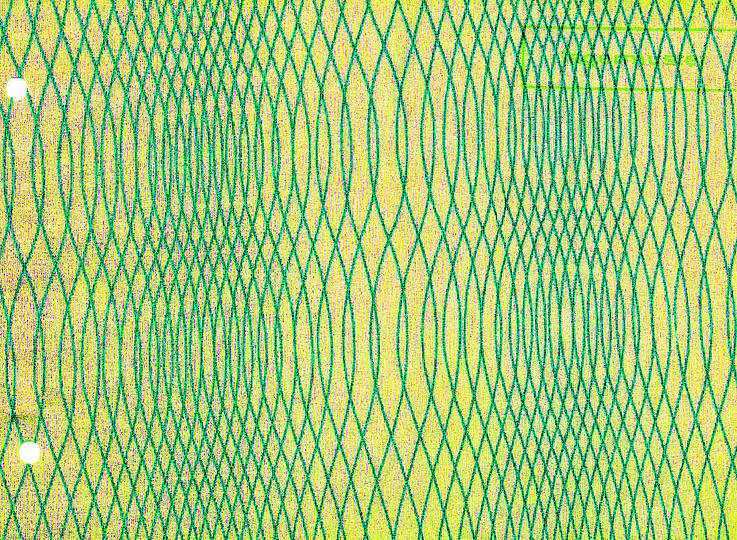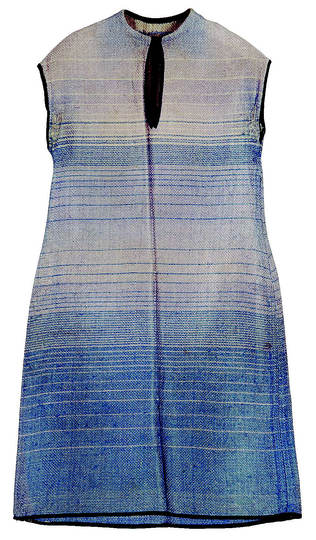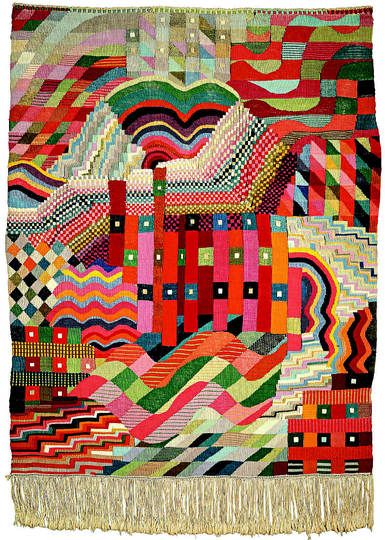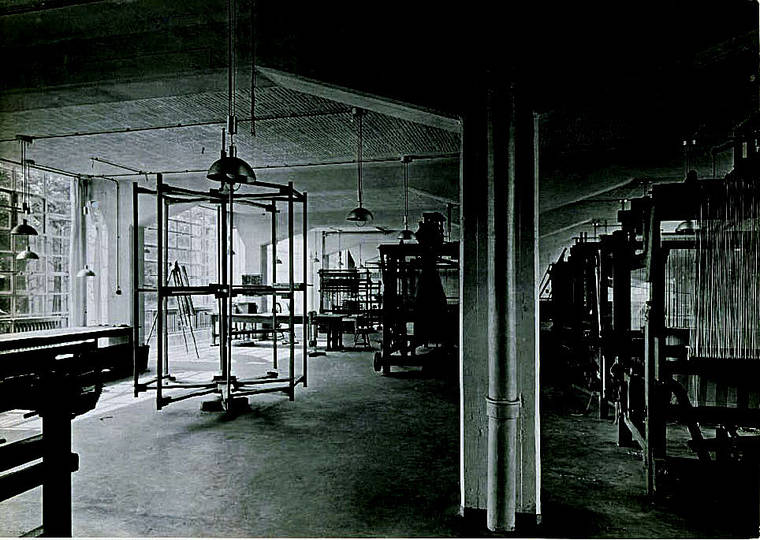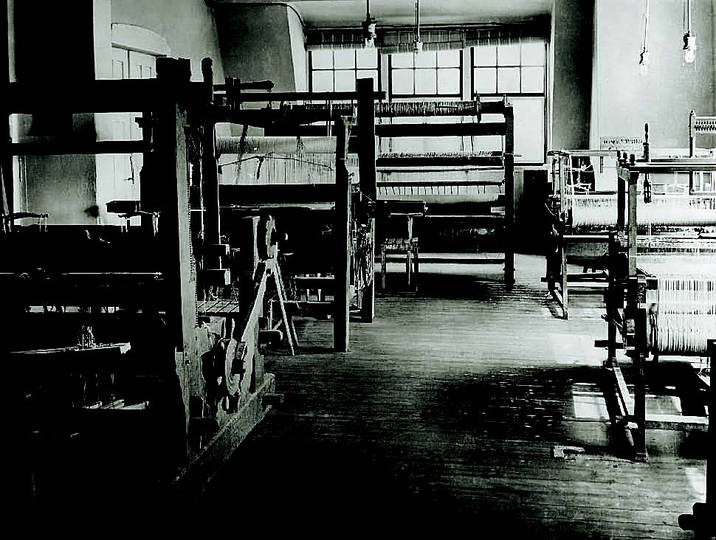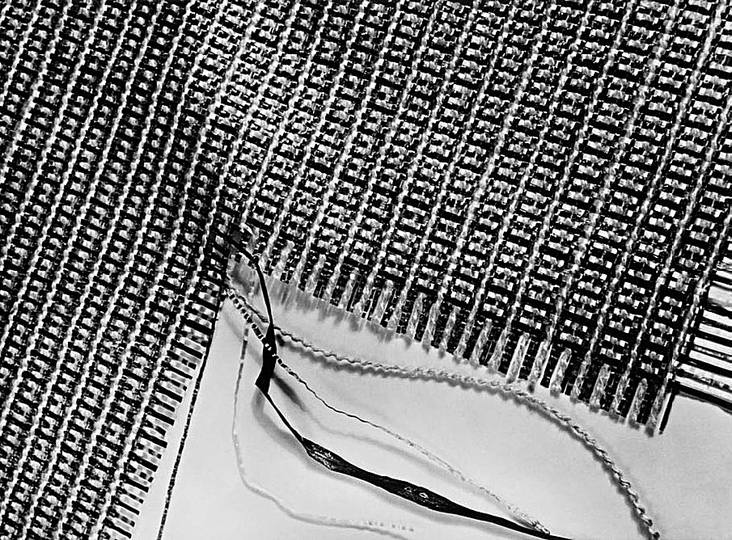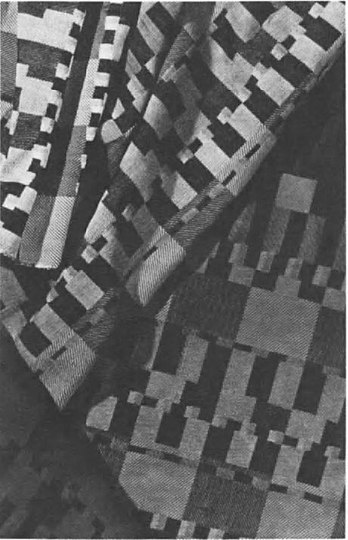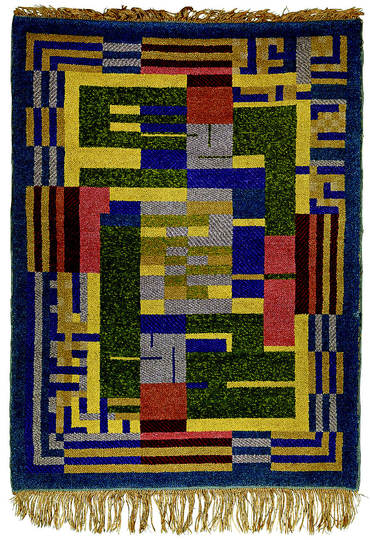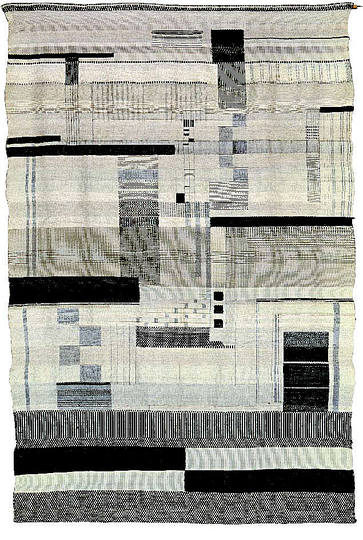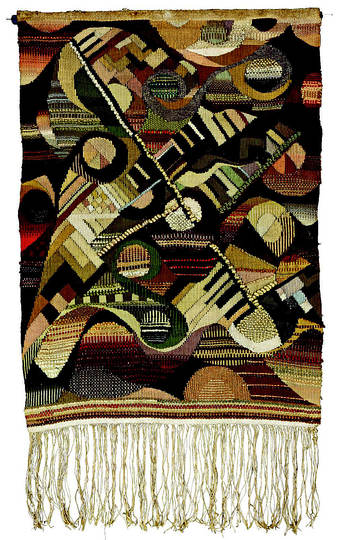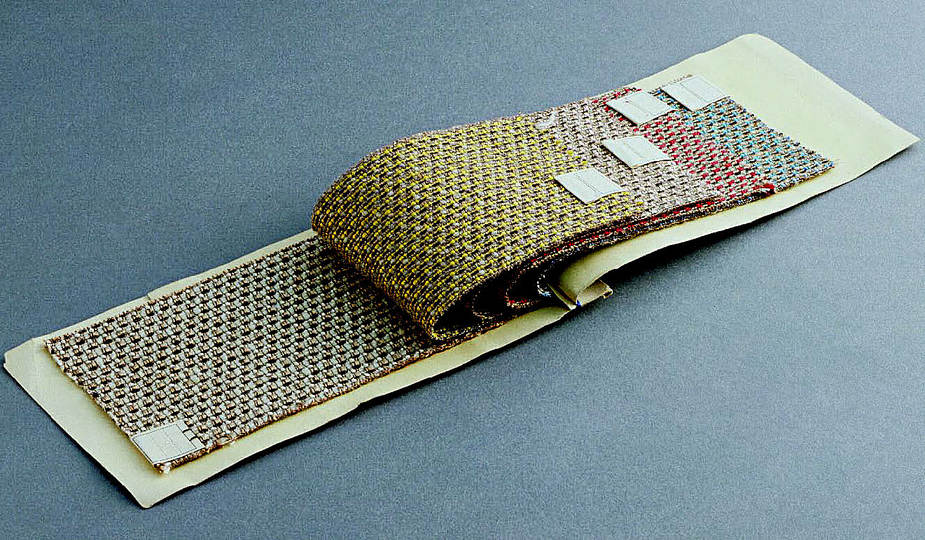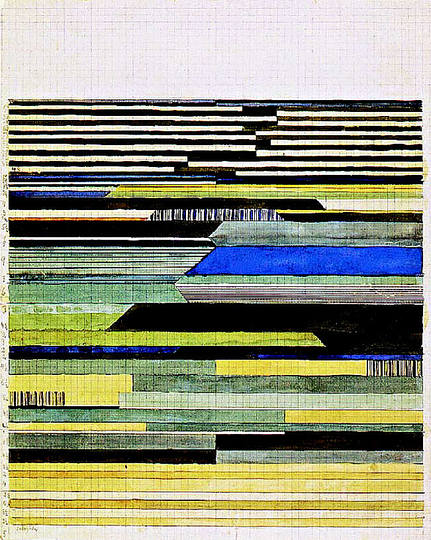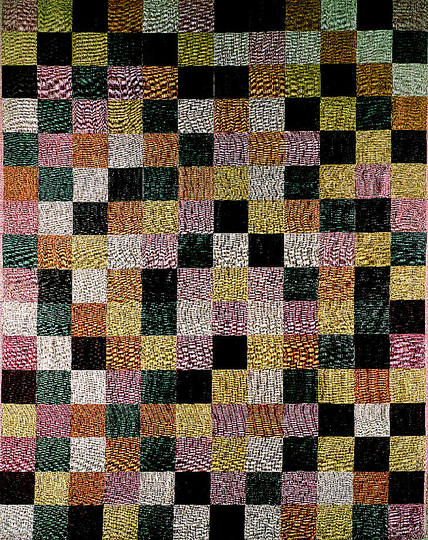Bauhaus: Textile Design
´Fashion´ was not a topic at the Bauhaus. The few preserved garments from the textile workshop, also described in writing, indicate personal use and individual pieces of craftsmanship. At the Bauhaus in Dessau, various fabric types were developed: curtain fabrics, transparent drapes, wall covering and furniture fabrics.
Inspirations.
Bad design is smoke, while good design is a mirror.
— Juan-Carlos Fernandez
— Juan-Carlos Fernandez
- penccil is free.
- No trackers. No cookies.
Just creativity.
